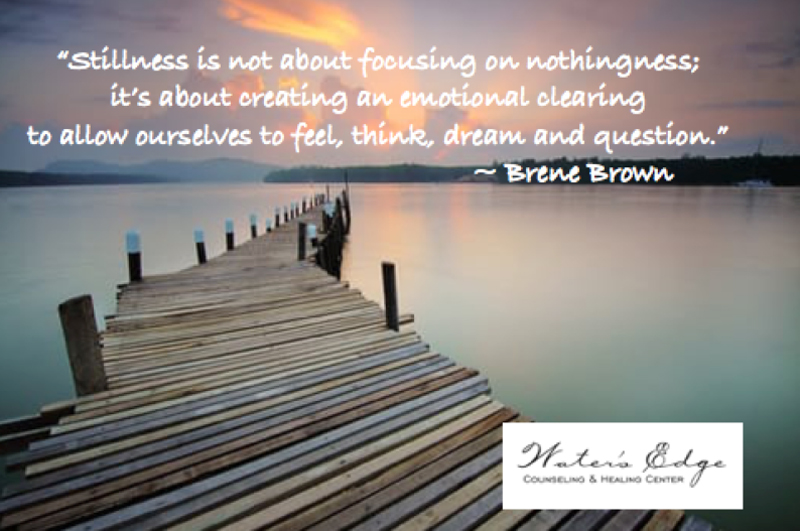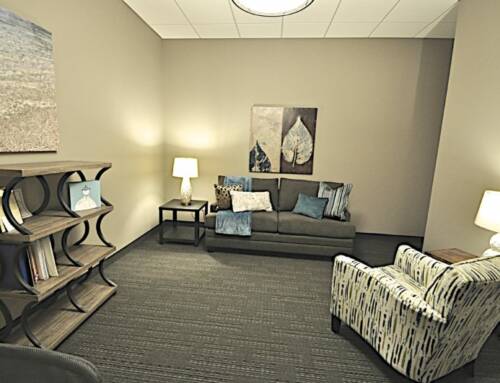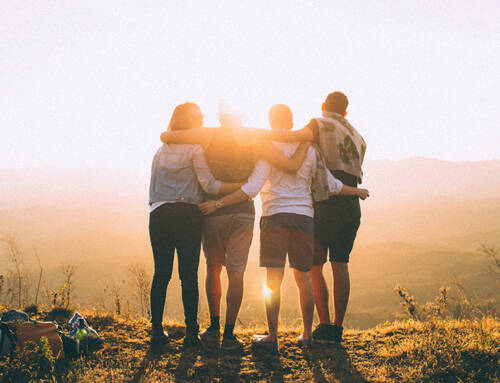For the month of June, we here at Water’s Edge CHC are focusing on guidepost eight: “Cultivating Calm and Stillness: Letting Go of Anxiety as a Lifestyle” from Brene Brown’s The Gifts of Imperfection. Whether this is your first guidepost or your eighth, we invite to join us!
In just addressing the title of this chapter, I noticed my own mixed reactions. Certainly for many of our clients as well as various loved ones, anxiety can’t simply be reduced to a “lifestyle”, as if it were a choice: an intentional decision about how to be in the world. I know, and we know at WECHC, that many people deal with clinical, diagnosable anxiety. While holding this truth and honoring the varying degrees or intensities of our anxiousness as people, I would agree with Brene Brown that there are things we can all do and practices we can potentially establish to lessen our anxiety. There are ways in which we can create more calm and stillness in our lives and surroundings.
Brene defines calm as: creating perspective and mindfulness while managing emotional reactivity (pg 106). Mindfulness, one of my favorite practices, involves intentionally paying attention in the present moment, without judgment. Mindfulness, while it may sound simple, is certainly not easy. In fact, that’s one of the reasons we recently started a ten-week mindfulness skills group here at Water’s Edge CHC: because just like any other skill, it takes time and practice to learn how to be mindful effectively. With perspective and mindfulness, we are able to learn how to respond rather than react to our experiences, which can help us to feel more calm and confident as we navigate the uncertainties of life.
Creating space and time for stillness, in addition to calm, can prove integral to experiencing wholeness. Stillness is so very counter-cultural to our commonly busy, action–oriented lifestyles. In fact, it was so counter to how Brene Brown herself lived prior to doing this research, that she admits initially resisting the notion of stillness. Finally, she had to accept that:
From meditation and prayer to regular periods of quiet reflection and alone time, men and women spoke about the necessity of quieting their bodies and minds as a way to feel less anxious and overwhelmed. (pg. 108)
Sitting alone with ourselves can initially feel scary; we might be afraid of what emotions or thoughts we will experience in the stillness. This is where some of the previous guideposts from the wholehearted journey can be so beneficial. As we start to integrate periods of stillness, can we hold a spirit of self-compassion and authenticity towards what we find within ourselves? Can we practice curiosity and kindness towards ourselves? And if so, can we then move to practicing a life-giving sense of solitude through whatever means aligns for us in order to find internal rest and restoration?
Through being intentional about cultivating calm and stillness in our lives, we might find that we are able to live into a lifestyle of calm or peace even while we still feel anxious at times. We might even find that our lives become more enjoyable instead of merely more manageable.
Over the next thirty days, I invite you to explore how you might integrate more calm and stillness into your own life and how we at WECHC might do so together, as a community.
Many blessings and happy cultivating,
Nikki Holm, Chaplain, MA







